Scott Walters is a blogger I started following 15+ years ago. His work has gone through various focuses and iterations, but is always very interesting and insightful. He recently returned to the blogosphere with posts on Theatre Inspiration. He started out with a series on the wrong turns theater has made in the United States. Just as you will often see articles about how classical music concerts weren’t always the staid, rule-bound affairs they are today, Walters points out we didn’t always do things in theatre the way we do now.
Walters says the first wrong turn theatre made was the birth of The Syndicate. While it no longer exists its influence is deeply entrenched in current practices. One of the first blow your mind facts he lays on readers is that there used to be TONS of performances spaces around the country from which artists made a relatively good living. In 1900 Iowa alone had 1300 opera houses. I looked it up, the population of Iowa was 2.2 million in 1900 and about 3.1 million today. I think it is safe to say there are far fewer venues now than there were then despite the increase in population. This somewhat belies the notion that a lack of interest and investment in the arts is the result of the United States’ founding by stoic Puritans.
Walters writes:
The same was true across the country. Often, one of the first things that was built in towns as they were founded were “opera houses” (i.e., rooms for performances to take place). They weren’t necessarily elaborate, but they were important to townspeople. Music, theatre, dance were all important to communities, no matter how small, and performers were able to support themselves providing that work.
Basically actor-managers would travel the country with their troupes arranging for gigs for themselves. This changed in 1896 when a group of six men who owned a string of theaters across the country got together and formed The Syndicate, in part to cut down on competition with each other and increase efficiency so that a tour didn’t show up to the same town ready to present the same show. However, as they gained power and influence they were quickly able to squash competition and require artists that wanted to perform to contract with them for whatever price they decided to pay.
If you are thinking, with thousands of performance spaces scattered throughout every state how could they have possibly ended up controlling them all? The very decentralized nature of venue ownership should work against them, right? Well that was the same thought about the internet, wasn’t it and look how that turned out.
But the reality is, they didn’t need to control it all. Walters quotes Landis K. Magnuson:
Although the Syndicate controlled the bulk of first-class theaters in the major metropolitan centers, the fact that it controlled the theaters in communities located between such theater centers provided its true source of power. Without access to these smaller towns, non-Syndicate companies simply could not afford the long jumps from one chief city to another. Thus the Syndicate actually needed to own or manage only a small percentage of this nation’s theaters in order to effectively dominate the business of touring theatrical productions–to monopolize “the road.”
The Syndicate used their power to drive artist managed groups and rival venues out of business. Many tried to resist. Sarah Bernhardt would only perform in tents in an attempt to avoid Syndicate controlled theaters. The Syndicate would tend to book lighter, entertaining fare instead of serious drama. Walters quotes writer Norman Hapgood who observed this suppressed the work of many talented playwrights and actors.
Since The Syndicate was based out of New York City, that was where the tours originated and therefore where all the shows were cast. The impact of this persists today and people have long wondered why it is necessary for actors who live in NC need to move to NYC so that they can return to NC to perform.
Walters writes:
If all this sounds familiar, it’s not surprising–little has changed since 1900. Theatre is still controlled by risk-averse commercial producers and theatre owners who are interested only in using theatre to make a tremendous profit through the production of shallow, pleasant plays. And theatre artists still feel pressured to live in New York in order to have a hope of making a living, because regional theatres across America do most if not all of their casting there. Artists are thought of and think of themselves as employees who must ask permission (i.e., audition) in order to do their art, and are told who they will work with, when they will work, and where they will work.
Walters’ work is deeply interesting in a time when the performing arts industry is considering what changes will be necessary to adapt to changing expectations and operational environment. Take the time to read it and reflect on some of the forces and events that have gotten us where we are today.

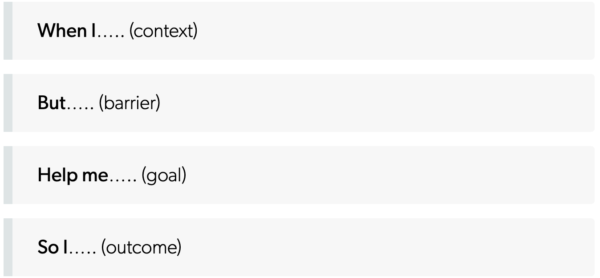
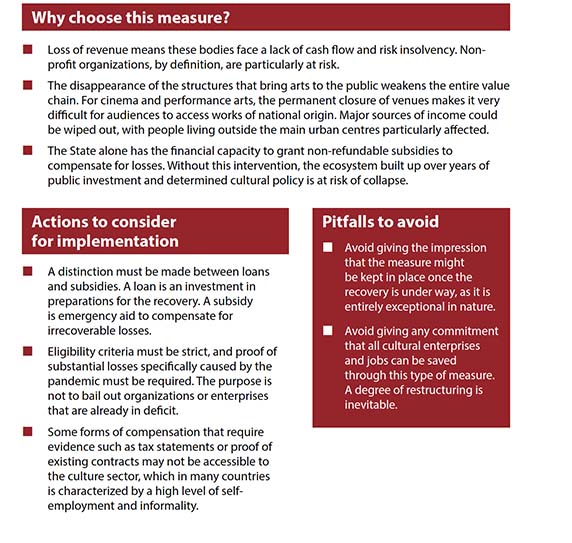
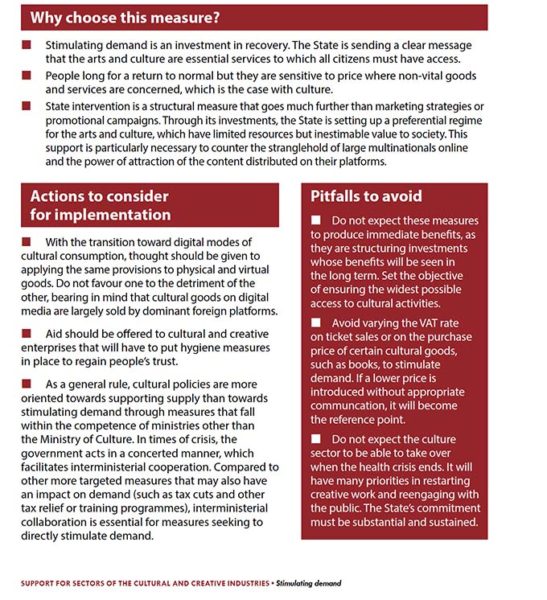

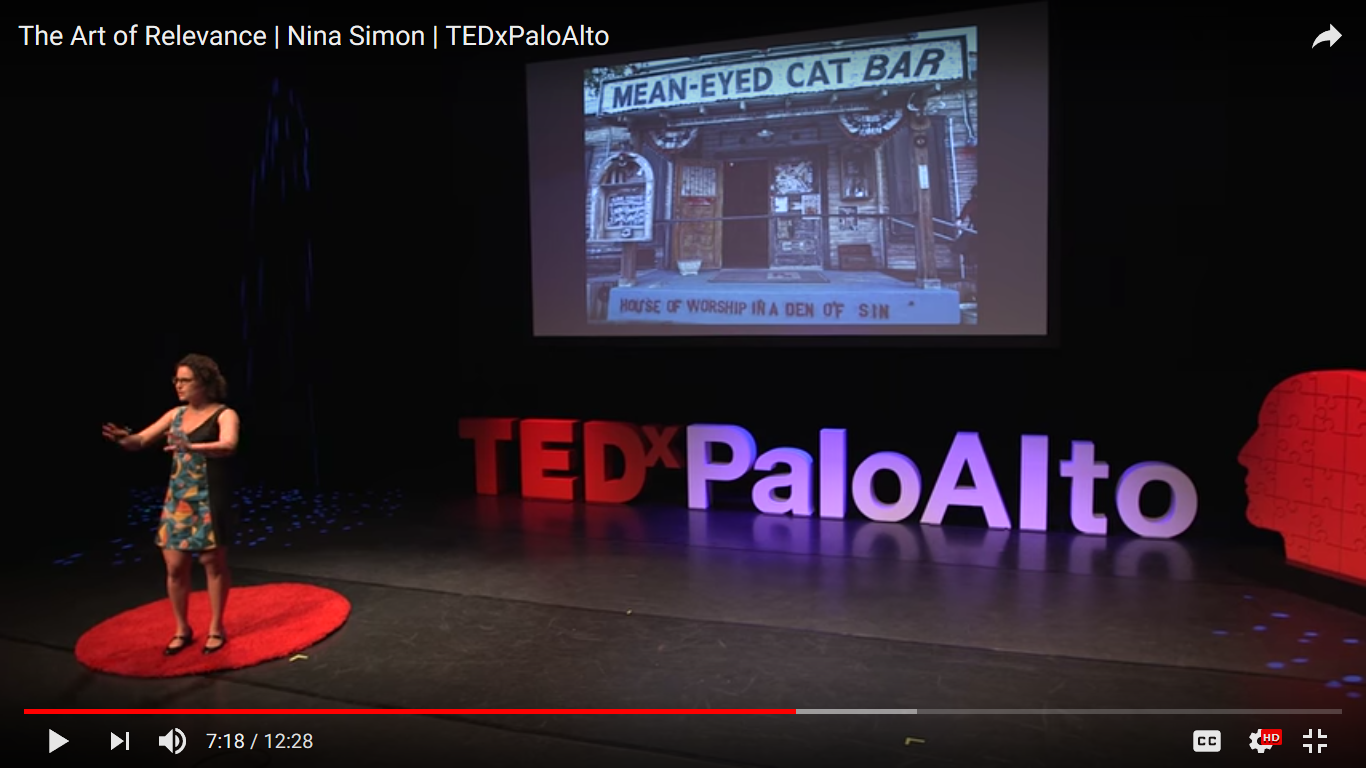
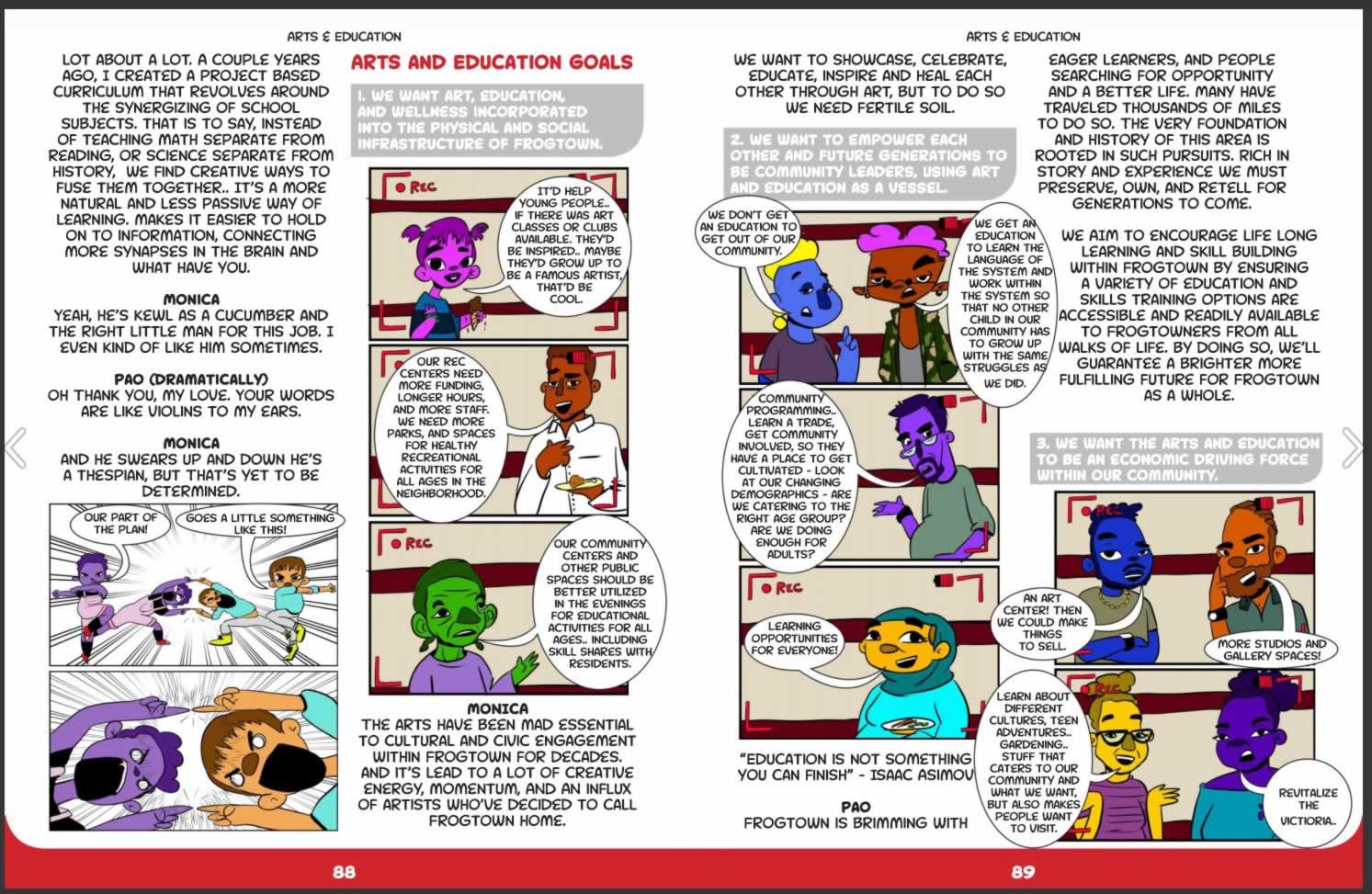

I've been to a few of the Science on Tap events, though I never gave a talk at one of…